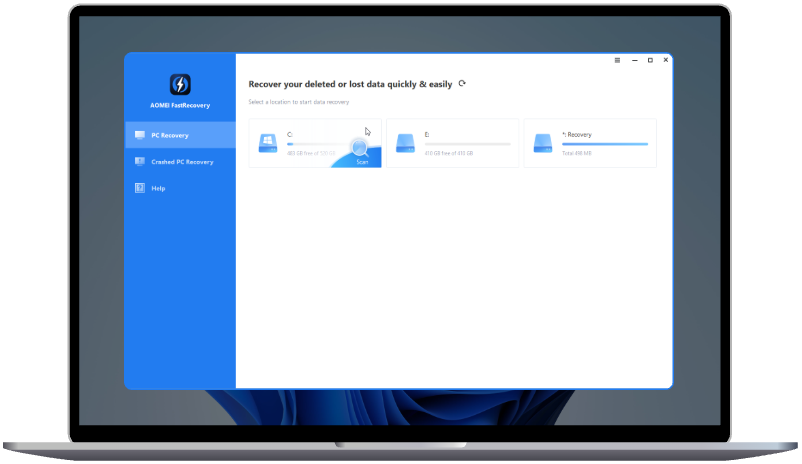How to Assess SSD Health on Windows 10 Using CMD
Explore the realm of how to check SSD health on Windows 10 via CMD (Command Prompt). This article unveils the straightforward steps to empower users in ensuring the well-being and performance of their SSDs through efficient command-based techniques.
In the fast-paced world of technology, ensuring the health and performance of your SSD (Solid State Drive) is crucial for maintaining an efficient and responsive system. This guide will walk you through the steps to check SSD health on Windows 10 via CMD, offering insights into potential issues and solutions.
Overview: Unveiling the Importance
Understanding the Problem As SSDs age or face excessive use, their health can deteriorate, leading to potential performance issues or even data loss. Recognizing the early signs of SSD problems is essential for proactive maintenance.
Potential Causes
1. **Wear and Tear:** Continuous read and write operations can contribute to wear on SSD cells.
2. **Temperature Fluctuations:** Extreme temperatures may impact the longevity of an SSD.
3. **Firmware Issues:** Outdated or incompatible firmware can result in operational issues.
Solutions: Navigating the CMD Terrain
Solution 1: S.M.A.R.T. Command
1. Open CMD with administrative privileges.
2. Type `wmic diskdrive get status` to check the overall health status.
3. Use `wmic diskdrive get status` to retrieve detailed information.
Solution 2: CHKDSK Utility
1. Open CMD as an administrator.
2. Type `chkdsk /f` followed by the drive letter (e.g., `chkdsk /f C:`).
3. Allow the tool to scan and fix potential errors.
Solution 3: Disk Cleanup
1. Open CMD with administrative rights.
2. Type `cleanmgr` and press Enter.
3. Select the drive to clean and initiate the process.
FAQ: Addressing Your Queries
**Q1:** *Can I use third-party tools to check SSD health?*
**A:** Yes, various third-party tools like AOMEI Partition Assistant offer user-friendly interfaces for SSD health assessment.
**Q2:** *How often should I check my SSD's health?*
**A:** Regular checks every few months are recommended, especially after significant system updates or changes.
**Q3:** *Does checking SSD health impact performance?*
**A:** Minimal impact is expected. However, it's advisable to perform checks during periods of low system activity.
**Q4:** *Can I use CHKDSK on a system drive?*
**A:** Yes, but the process requires a system restart, as the drive is in use during regular operations.
**Q5:** *Are SSDs prone to overheating?*
**A:** While SSDs generally produce less heat than HDDs, excessive heat can still impact their performance. Ensure proper ventilation.
Tech Terms Decoded
1. **S.M.A.R.T.:**
Self-Monitoring, Analysis, and Reporting Technology – a system for monitoring and reporting various indicators of drive reliability.
2. **CHKDSK:**
Check Disk – a Windows utility used to check and repair file system issues on a disk.
3. **Firmware:**
Software embedded in electronic devices to control their functionality.
4. **Wear Leveling:**
A technique used to evenly distribute write and erase cycles across an SSD to extend its lifespan.
5. **Trim:**
A command that allows the operating system to inform an SSD about which blocks of data are no longer in use.
Tips for Smooth Sailing
1. Regularly back up your important data.
2. Keep your SSD firmware updated.
3. Monitor system temperatures for optimal SSD health.
Conclusion: Empowering Your SSD Journey
In conclusion, understanding how to check SSD health on Windows 10 via CMD empowers you to take proactive steps in maintaining your system's performance. By incorporating these practices into your routine, you contribute to the longevity and reliability of your SSD, ensuring a smooth and responsive computing experience.

